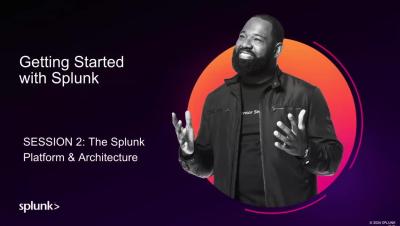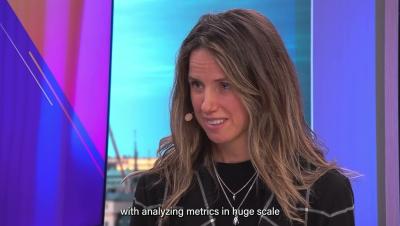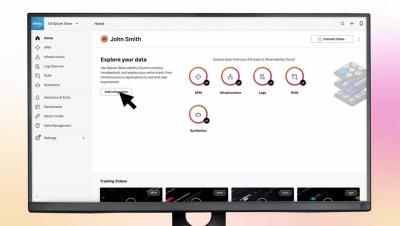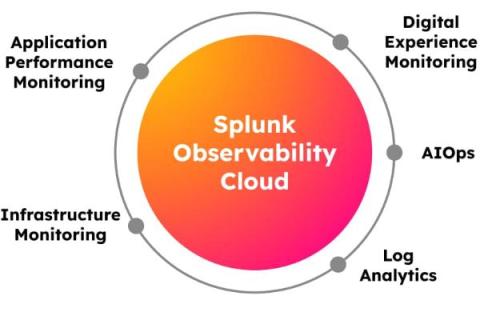The All New Performance Insights for Splunk
Splunk gives you amazing tools to analyze system data and make business-critical decisions, react to issues, and even proactively address future problems. And since it is so good at those things, it’s not surprising that there are myriad tools to help you reflexively analyze your own Splunk deployment.









